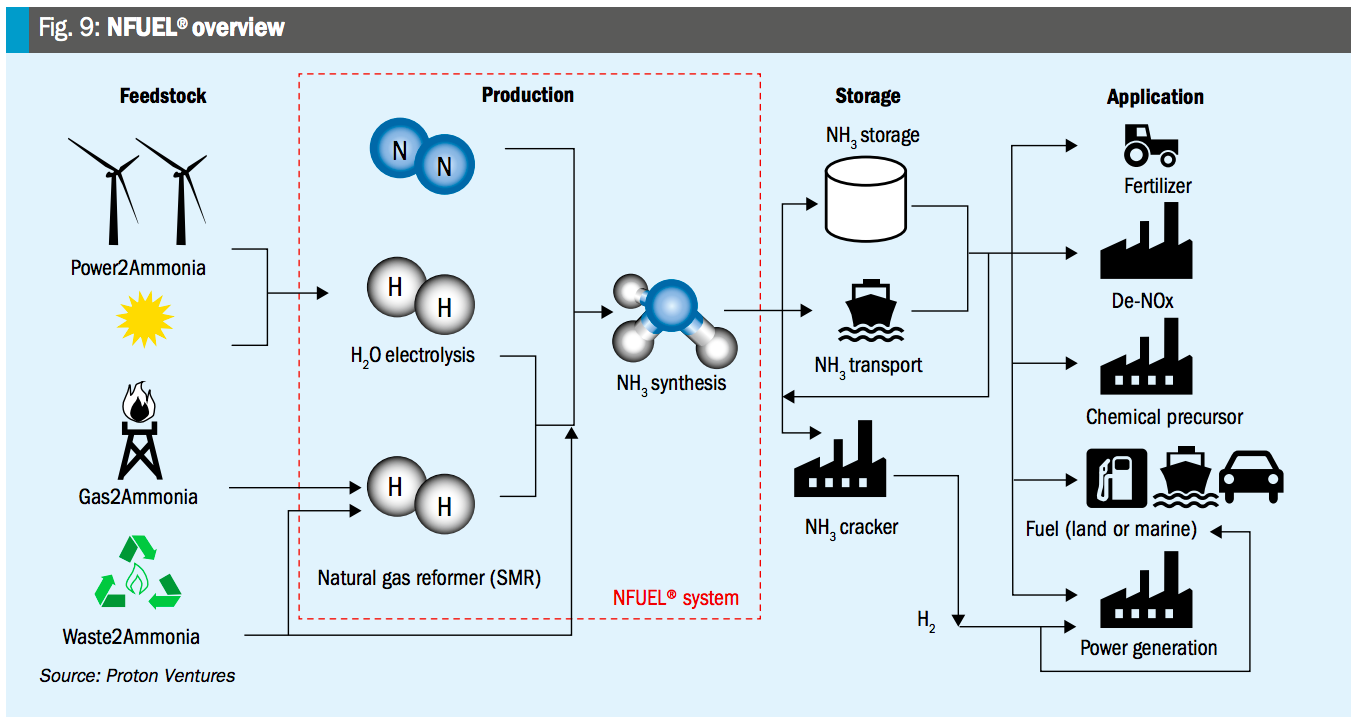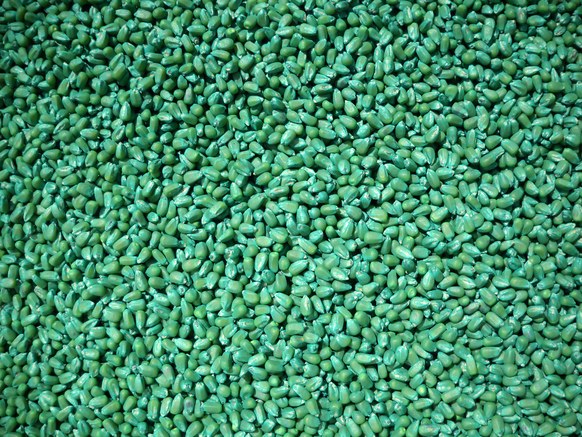ARPA-E solicits technologies for nitrogen extraction from seawater using seaweed
NEWS BRIEF: On Monday, May 13, the US Department of Energy ARPA-E will close its request for information (RFI) regarding Quantification of Effectiveness of Nutrient Bioextraction by Seaweed. By using environmental remediation (nitrogen removal) as a mechanism for ammonia production (nitrogen recycling), this novel research area could connect together two phases of industry: production and end-of-life management. Rather than saying that this addresses both ends of a value chain, it might be more appropriate to say that this holds promise for the circular economy of ammonia energy.




